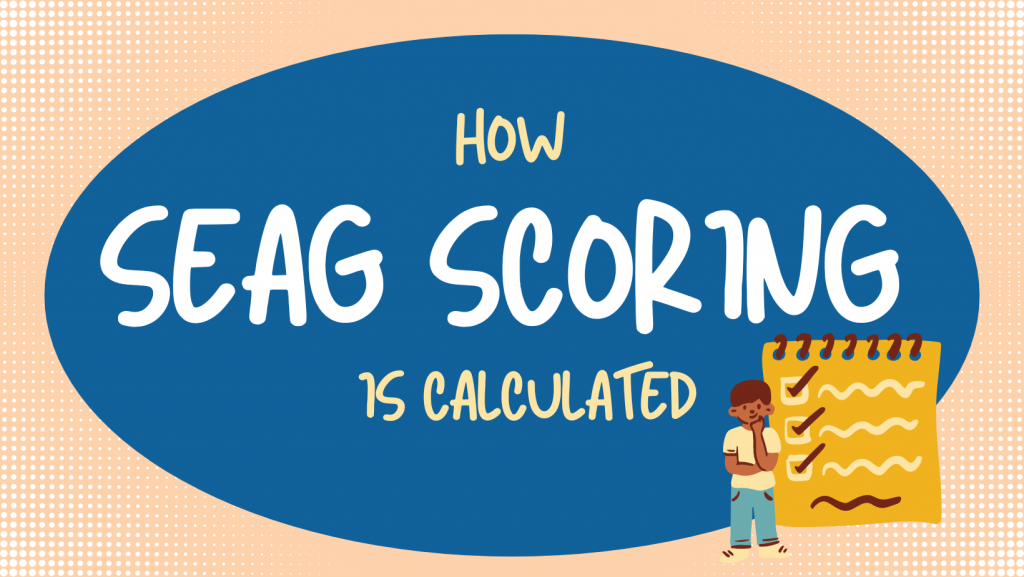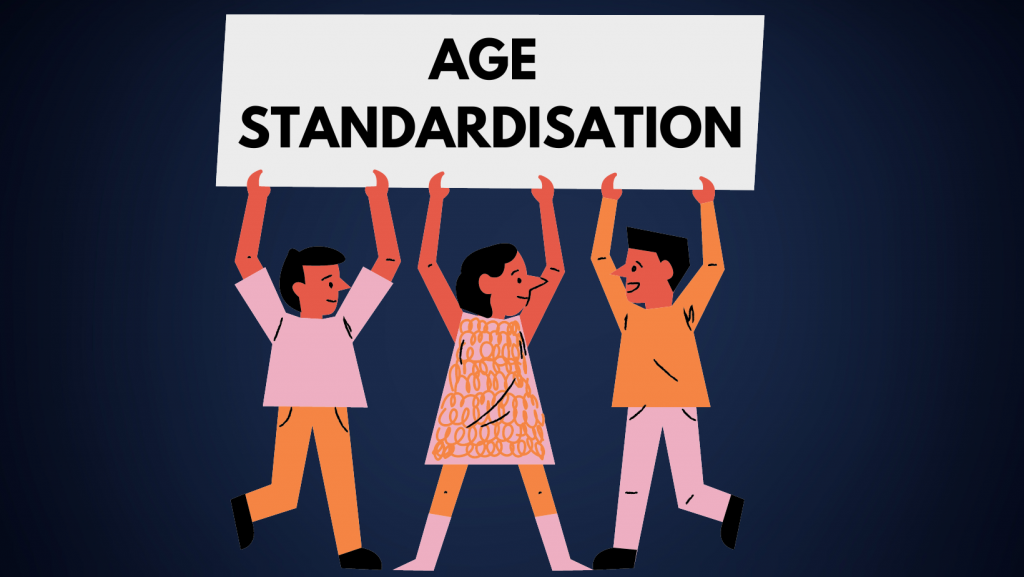
Introduction to SEAG
The Schools’ Entrance Assessment Group (SEAG) is a private company that managing the transfer test in Northern Ireland, called the SEAG Entrance Assessment and this replaces the separate AQE and GL test. For parents who wish to send their child to a school in Northern Ireland that uses academic selection (primarily grammar schools), their child will have to sit this test and the resulting scores will be used by the schools to allocate their places accordingly.
The SEAG Entrance Assessment is being set and marked by GL Assessment, a renowned company for setting academic tests throughout the UK over the last 40 years.
Overview Of The SEAG Tests
Although other blogs and posts will cover the SEAG Test in much more detail, in summary, the SEAG Test will consist of:
TEST DAYS:
- Two Test Days
- Child attends both days and sits two papers
EACH SEAG PAPER INCLUDES:
- Practice Test of 10 questions, but these answers won’t contribute to the overall result
- English Main Test with 28 questions (22 multiple choice and 6 free-style answers)
- Maths Main Test with 28 questions (22 multiple choice and 6 free-style answers)
- All answers are written on a separate Answer Sheet
- All multiple choice questions have an option of five possible answers
Statement Of Outcome

The SEAG Results are presented on a single page known as the ‘Statement Of Outcome‘.
This will include a range of metrics, namely:
1. English Standardised Age Score (SAS)
- Based on the 56 English questions tested in Papers 1 & 2 together.
- Including 44 multiple choice and 12 free-style questions.
- Range of scores is 69 – 141
- Mean (average) SAS is 100
2. Maths Standardised Age Score (SAS)
- Based on the 56 Maths questions tested in Papers 1 & 2 together.
- Including 44 multiple choice and 12 free-style questions.
- Range of scores is 69 – 141
- Mean (average) SAS is 100
3. Total Standardised Age Score (TSAS)
- Worked out by adding English SAS + Maths SAS (detailed above) together.
- Range of scores is 138 – 282
- Mean (average) TSAS is 200
4. Cohort Percentile Ranking (CPR)
- The child’s cohort percentile is used to work out the score banding (below) but the actual CPR will only be provided for pupils in Band 2 – 4 to help inform parents who may be considering a remark (to show if they’re close to the boundary mark or not).
- For example, if the child gets 58% CPR, this means that they achieved a result which was 58% better than all other children in NI (in this year’s test).
5. Score Banding
Based on the Cohort Percentile, all cohort percentiles will be grouped to offer a Band result. This could offer benefits for admissions into Year 8. There will be six bands and they’ll be:
- Band 1 – 60% CPR
- Band 2 – 50% – 59% CPR
- Band 3 – 40% – 49% CPR
- Band 4 – 30% – 39% CPR
- Band 5 – 20% – 29% CPR
- Band 6 – 20% and below CPR
So, to try and explain this further, everyone in Band 1 means they’re in the top 40% of all people who sat the SEAG test in Northern Ireland in that year.
Age Standardisation Explained

The Age Standardised Score (for both the English and the maths) is not the actual percentage score achieved, but it’s an adjusted score based on three distinct factors including:
- The child’s age when they sit take the assessment
- The number of correct answers achieved
- The level of difficulty of the paper
SEAG don’t explain this much further than the three factors are taken into consideration, but in previous years, GL (who are also setting and marking the SEAG test) explained that an age allowance operates within the scoring of the assessment and it’s one of the reasons why they’ll report the results as Standardised Age Scores on which the grades (now bands) will be based. No further information was provided, but GL assured parents that in calculating the Standardised Age Score, the age of the child is taken into account and no child will lose marks because of his/her age and we’ve no reason to think any differently this year.
How Grammar Schools Will Use The ‘Statement Of Outcome’
Each school has their own Board Of Governors and they will make their own decisions on admission criteria and this will then be submitted to and published by the Department Of Education in December of this year. This is obviously after the tests are complete but that’s not a problem, as the child can only achieve their best and it will be published before the results are received.
However, it’s conceivable that the school will use either the Total Standardised Age Score or the Band in order to offer places to pupils entering Year 8.
More about The Transfer Tutor (Multi-Award Winning Online Quizzes)

The Transfer Tutor’s Online Quizzes provide a fun and interactive way to learn and practise Maths and English questions which are directly aligned to the new SEAG (replacing AQE and GL) specification.
There are many, great features including (but not limited to):
- Quizzes broken down into specific English and Maths topics, to allow for focused learning and the ability to hone in on areas of weakness.
- Mobile friendly and works on any internet device.
- ‘Hint’ option supports the child’s learning. For example, in question about calculating area of an irregular shape, the hint will say, “Break it into two” – enough to keep the child going but teaching them for future, similar questions.
- The Leaderboard at the end makes the child feel like they’re playing a game and having friendly competition.
- Good use of colour and graphics which makes it exciting.
- Parents receives a progress email at the end to let them know how their child did.
Google Reviews

Check out the Google Reviews to read what other customers felt about The Transfer Tutor.
How To Buy
Simply choose the licence you need depending on the length of time you need access, click on the blue box below (Explore & Compare Licences), pay and then you’ll be off within minutes.
For any further questions, please contact me or check out the Frequently Asked Questions page.
All of these are a one-off payment until they expire – so no additional costs.

Try It Out:

To give you a feel for the quizzes, why not try out the quick fire free quiz by clicking on the button below (no need to register or pay, so don’t worry). This will hopefully let you see how the questions work – or more importantly, let you see if this is something that would inspire and encourage your child to learn.
Social Media Links – Keeping Up To Date

Follow or like The Transfer Tutor on your social media channel of choice and ensure you never miss a beat with the whole transfer process, handy tips, advice, special offers and competitions.
Click below for your preferred channel or search for @TransferTutorHQ wherever you are.
Free Facebook Group

You may have read in the reviews about people referring to the Facebook Support Group and this is certainly a great place to keep informed, ask questions, get support and keep up-to-date with anything happening in the transfer space.
It’s free to join but please ensure you have a genuine Facebook profile picture (ghost pictures are not approved as not deemed authentic) and then simply click here and answer the simple questions -> Join Facebook Group.
